A Comprehensive Guide to Air Circuit Breakers
An air circuit breaker (ACB) is an electrical device used to provide overcurrent and short-circuit protection for electric circuits over 800 Amps to 10K Amps. These are typically employed in low voltage applications below 450V and are known for their durability and maintenance ease. ACBs operate in the air as their arc quenching medium and are distinct from other types of circuit breakers, such as the oil circuit breaker.
Types and Applications of Air Circuit Breakers
The versatility of air ckt breakers allows them to be used in a variety of settings. They come in different types, such as plain air circuit breaker, also known as an air breaker switch, and the more advanced air blast circuit breaker. Each type has specific applications, ranging from industrial to protective environments. The plain breaker is often used in smaller operations, while the air blast variant is suitable for high-power applications due to its rapid arc quenching capabilities.
Features and Materials
Air circuit breakers are designed with a range of features to enhance their functionality. They may include various trip elements like Long-Time, Short-Time, Instantaneous, and Ground Fault protections, denoted as LI, LSI, and LSIG. The construction of an ACB involves durable materials that can withstand high currents and voltages, ensuring longevity and reliability.
Advantages of Using ACBs
Employing an acb breaker in electrical systems comes with several advantages. These devices are known for their quick response time, interrupting fault currents efficiently to prevent electrical fires and equipment damage. Moreover, the maintenance of an acb electrical system is relatively straightforward, as these breakers are designed for easy servicing, which is essential for minimizing downtime in industrial settings.
Understanding the Working Principle
The air circuit breaker working principle is fascinating. When a fault is detected, the internal contacts within the breaker separate, and an arc is formed. The air surrounding the arc cools and deionizes it, effectively extinguishing the arc and interrupting the current flow. This process is a critical safety feature in preventing electrical hazards.
Selection Considerations
When selecting an air conditioner mcb or an air blast ckt breaker, it is crucial to consider the specific needs of the application. Factors such as the electrical load, the environment in which it will operate, and the required protection level should guide the selection process. While brands like Schneider electric acb and Siemens acb are known for their reliability, it is important to choose a breaker based on its specifications rather than brand alone.
In conclusion, air circuit breakers are a fundamental component in modern electrical safety, offering protection and reliability across various applications. When choosing an ACB, it is essential to analyze the requirements of the electrical system to ensure optimal performance and safety.







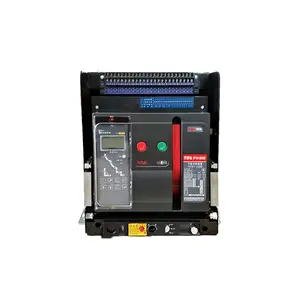






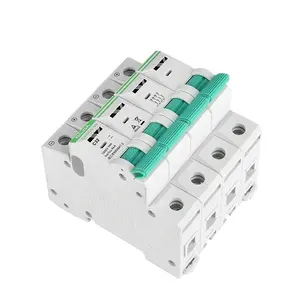





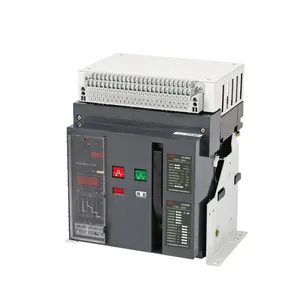


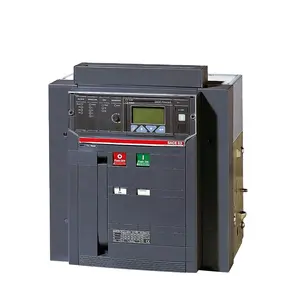















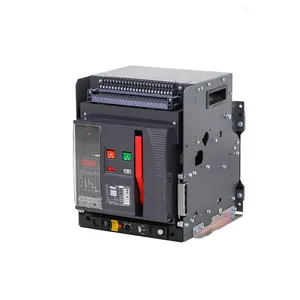









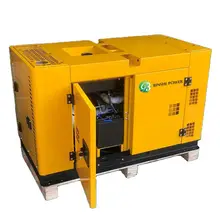























 浙公网安备 33010002000092号
浙公网安备 33010002000092号 浙B2-20120091-4
浙B2-20120091-4